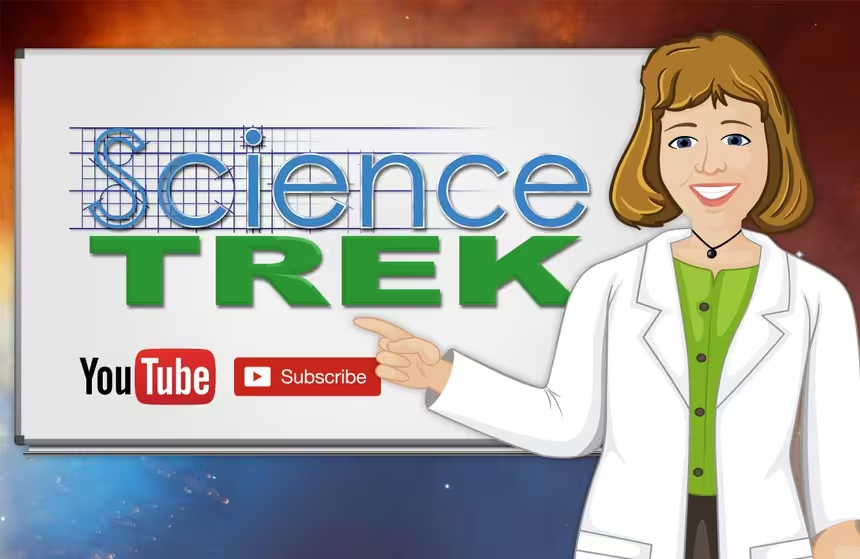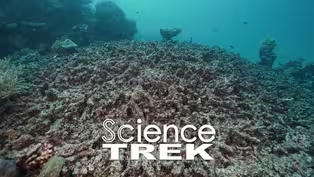
Oceans: Underwater Habitats
Clip: Special | 1m 4sVideo has Closed Captions
What are underwater habitats?
There are many different habitats underwater. These include seagrass meadows, kelp forests, intertidal zone, estuary zone, reefs, and the pelagic zone. Find out more about these habitats.
Problems playing video? | Closed Captioning Feedback
Problems playing video? | Closed Captioning Feedback
Science Trek is a local public television program presented by IdahoPTV
Major Funding by the Laura Moore Cunningham Foundation and the Idaho National Laboratory. Additional Funding by the Friends of Idaho Public Television and the Corporation for Public Broadcasting.

Oceans: Underwater Habitats
Clip: Special | 1m 4sVideo has Closed Captions
There are many different habitats underwater. These include seagrass meadows, kelp forests, intertidal zone, estuary zone, reefs, and the pelagic zone. Find out more about these habitats.
Problems playing video? | Closed Captioning Feedback
How to Watch Science Trek
Science Trek is available to stream on pbs.org and the free PBS App, available on iPhone, Apple TV, Android TV, Android smartphones, Amazon Fire TV, Amazon Fire Tablet, Roku, Samsung Smart TV, and Vizio.

Science Trek
Science Trek is a place where parents, kids, and educators can watch short, educational videos on a variety of science topics. Every Monday Science Trek releases a new video that introduces children to math, science, technology, engineering, and math (STEM) career potentials in a fun, informative way.(Music) JOAN CARTAN-HANSEN, HOST Just as there are different habitats on land, there are different habitats under the ocean.
There are seagrass meadows.
These are found in shallow waters and are home to hundreds of species.
There are kelp forests.
Kelp forests are found not far from 20 percent of the world's coastlines.
And while it looks like a plant, kelp is actually a type of brown algae.
There is the intertidal zone, the habitat between low and high tide.
And the estuary zone, a habitat with a mixture of salt and fresh water.
And there are reefs.
A reef is an underwater ridge.
It can be made of rock, coral, or oyster.
Coral reefs are particularly important.
They're found in less than one percent of the ocean but are home to more than 25 percent of the ocean's plants and species.
Coral reefs are in trouble because they're easily damaged by climate change and human interactions.
And because reefs are an essential habitat, scientists are creating artificial reefs to give some creatures a new home.
And finally, there's the open ocean habitat.
This zone has nothing but water and sea creatures.
For more information about oceans, check out the Science Trek website.
You'll find it at ScienceTrek.org
Video has Closed Captions
Clip: Special | 1m 4s | What is climate change doing to the ocean? (1m 4s)
Providing Support for PBS.org
Learn Moreabout PBS online sponsorship
- Science and Nature

Explore scientific discoveries on television's most acclaimed science documentary series.

- Science and Nature

Capturing the splendor of the natural world, from the African plains to the Antarctic ice.












Support for PBS provided by:
Science Trek is a local public television program presented by IdahoPTV
Major Funding by the Laura Moore Cunningham Foundation and the Idaho National Laboratory. Additional Funding by the Friends of Idaho Public Television and the Corporation for Public Broadcasting.
